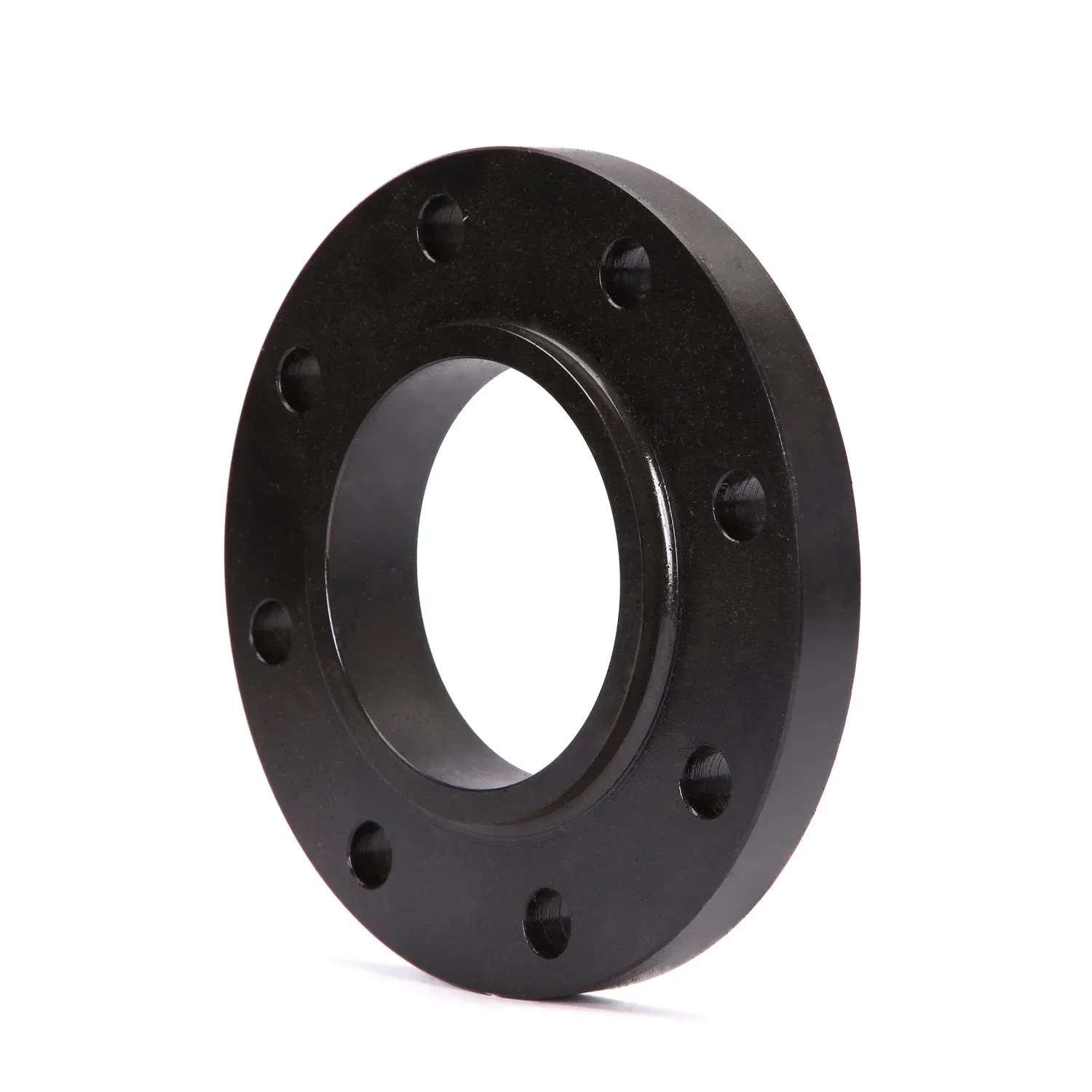-
Cangzhou Yulong Steel Co., Ltd.
-
Phone:
+86 13303177267 -
Email:
admin@ylsteelfittings.com
- English
- Arabic
- Italian
- Spanish
- Portuguese
- German
- kazakh
- Persian
- Greek
- French
- Russian
- Polish
- Thai
- Indonesian
- Vietnamese
- Zulu
- Korean
- Uzbek
- Hindi
- Serbian
- Malay
- Ukrainian
- Gujarati
- Haitian Creole
- hausa
- hawaiian
- Hebrew
- Miao
- Hungarian
- Icelandic
- igbo
- irish
- Japanese
- Javanese
- Kannada
- Khmer
- Rwandese
- Afrikaans
- Albanian
- Amharic
- Armenian
- Azerbaijani
- Basque
- Belarusian
- Bengali
- Bosnian
- Bulgarian
- Catalan
- Cebuano
- China
- China (Taiwan)
- Corsican
- Croatian
- Czech
- Danish
- Esperanto
- Estonian
- Finnish
- Frisian
- Galician
- Georgian
- Kurdish
- Kyrgyz
- Lao
- Latin
- Latvian
- Lithuanian
- Luxembourgish
- Macedonian
- Malgashi
- Malayalam
- Maltese
- Maori
- Marathi
- Mongolian
- Myanmar
- Nepali
- Norwegian
- Norwegian
- Occitan
- Pashto
- Dutch
- Punjabi
- Romanian
- Samoan
- Scottish Gaelic
- Sesotho
- Shona
- Sindhi
- Sinhala
- Slovak
- Slovenian
- Somali
- Sundanese
- Swahili
- Swedish
- Tagalog
- Tajik
- Tamil
- Tatar
- Telugu
- Turkish
- Turkmen
- Urdu
- Uighur
- Welsh
- Bantu
- Yiddish
- Yoruba

Sep . 28, 2024 12:54 Back to list
Exploring the Importance of Flanges in Modern Engineering Applications
Understanding Flanges Essential Components in Engineering
Flanges play a crucial role in modern engineering and manufacturing. These mechanical components are used to join pipes, valves, and other equipment, ensuring a secure and leak-proof connection in various applications. This article delves into the different types of flanges, their applications, and the importance of proper flange selection and installation.
What is a Flange?
A flange can be defined as an external or internal rib or rim that is used for attachment to another object. Typically made from metal, plastic, or composite materials, flanges provide a means to connect pipes, fittings, and other structures in a safe and efficient manner. They come in various shapes and sizes, each designed for specific applications, with standard sizes established by organizations like the American National Standards Institute (ANSI) and the American Society of Mechanical Engineers (ASME).
Types of Flanges
1. Weld Neck Flange This type of flange is designed for high-pressure applications. It has a long neck that helps to distribute stress and can be welded to the pipe, creating a strong and leak-proof joint. Weld neck flanges are ideal for applications that require a high level of integrity because they can be subjected to extreme temperatures and pressures.
2. Slip-On Flange As the name suggests, slip-on flanges slip over the pipe and are then welded in place. These flanges are easier to install than weld neck flanges and are commonly used in lower-pressure applications. However, they require careful alignment to prevent leaks.
3. Blind Flange Blind flanges are solid discs used to close off the ends of pipes. They provide access for maintenance and inspection and can withstand high pressure. Blind flanges are often found in applications where future connections are anticipated.
4. Socket Weld Flange Socket weld flanges are similar to slip-on flanges but have a socket into which the pipe fits. These flanges are typically used for small diameter piping and high-pressure applications. The installation involves making a fillet weld around the pipe and flange, providing a strong connection.
flange

5. Flat Face Flange Flat face flanges have a flat surface designed to fit against another flat surface, often used in low-pressure systems where a gasket will be used for sealing. It is critical to ensure the surfaces are clean and smooth to create a proper seal.
Applications of Flanges
Flanges are ubiquitous in various industries, including petrochemical, pharmaceutical, food and beverage, water treatment, and construction. They are found in pipelines, tanks, pressure vessels, and machinery. In the oil and gas industry, for example, flanges are used to connect sections of pipelines and equipment in refineries, ensuring the safe transport of hydrocarbons.
In the construction industry, flanges are vital in structural engineering, connecting beams and columns. They provide stability and strength, ensuring the safety and longevity of buildings and infrastructure.
Importance of Proper Flange Selection
Selecting the appropriate flange type and material is critical for ensuring system integrity and longevity. Factors such as pressure, temperature, corrosion resistance, and the nature of the media being transported must be considered. For instance, stainless steel flanges may be necessary for corrosive environments, while carbon steel flanges might be sufficient for standard industrial applications.
Moreover, proper installation is equally important. Incorrectly installed flanges can lead to leaks, which may have catastrophic consequences in high-pressure systems. It is essential to follow manufacturer guidelines and industry standards during installation to achieve the desired performance.
Conclusion
In summary, flanges are essential components in numerous industries, providing vital connections that ensure the efficiency and safety of various systems. With many types available, understanding the specific requirements and applications is crucial in selecting the right flange for any project. By appreciating the significance of proper flange use, engineers and manufacturers can enhance the reliability and integrity of their systems, ultimately contributing to successful operations.
Latest news
-
ANSI 150P SS304 SO FLANGE
NewsFeb.14,2025
-
ASTM A333GR6 STEEL PIPE
NewsJan.20,2025
-
ANSI B16.5 WELDING NECK FLANGE
NewsJan.15,2026
-
ANSI B16.5 SLIP-ON FLANGE
NewsApr.19,2024
-
SABS 1123 FLANGE
NewsJan.15,2025
-
DIN86044 PLATE FLANGE
NewsApr.19,2024
-
DIN2527 BLIND FLANGE
NewsApr.12,2024
-
JIS B2311 Butt-Welding Fittings LR/SR 45°/90° /180°Seamless/Weld
NewsApr.23,2024











